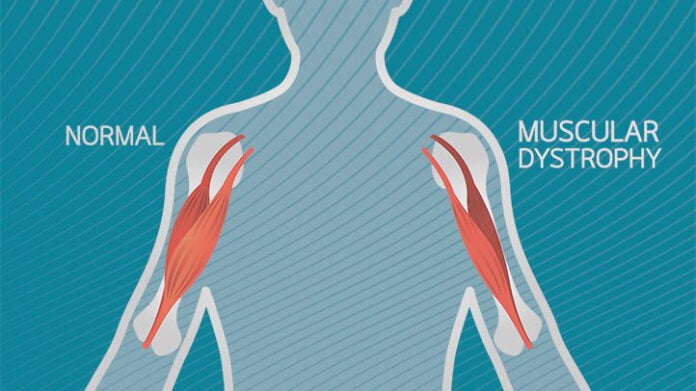Maylands, USA: Researchers at the National Institutes of Health and their colleagues have found that a toxic protein made by the body called DUX4 may be the cause of two very different rare genetic disorders. For patients who have facioscapulohumeral muscular dystrophy (FSHD), or a rare facial malformation called arhinia, this research discovery may eventually lead to therapies that can help people with these rare diseases.
NIH researchers discover a possible cause for a rare facial malformation, bringing new hope for patients.
FSHD type 2 (FSHD2) is an inherited form of muscular dystrophy that causes progressive muscle weakness. Arhinia is an extremely rare yet severe disorder that prevents the development of an external nose and the olfactory bulbs and tracts. Both diseases are caused by mutations in the SMCHD1 gene. In patients with FSHD2, there is overproduction of DUX4 which kills the muscle cells, and this leads to the progressive weakening of the muscles.
“It has been known for some time that DUX4 damages the muscle in patients with FSHD2, but what we found is that it can actually also kill the precursors of the human nose,” said Natalie Shaw, M.D., head of the Pediatric Neuroendocrinology Group at the National Institute of Environmental Health Sciences (NIEHS) and lead author of the new study in the journal Science Advances. NIEHS is part of NIH.
Shaw’s team found that the combination of the mutated SMCHD1 gene and an environmental modifier such as a virus, may trigger the DUX4 toxic protein. This may be what causes arhinia to occur. Using stem cells created from patients with the two diseases, the researchers conducted studies in cranial placode cells, the cells that lead to the development of the body’s sensory organs, such as the nose. As the placode cells started to form, they began to produce the DUX4 protein which caused cell death.
The researchers showed that DUX4 is responsible for cell death in placode cells as it is in muscle cells, but they still do not understand why the nose cells do not die in muscular dystrophy or why the muscle cells are not dying in arhinia.
“Now what we have to do is try to figure out the players acting downstream of DUX4, so we can block it from damaging the muscle cells or the nose precursors and hopefully find some new treatment options for patients suffering from these rare diseases,” said Shaw.
The NIEHS researchers have collaborated with researchers at the University of Iowa Carver College of Medicine, Iowa City, which is also the home of a Wellstone Muscular Dystrophy Specialized Research Center(link is external). The Centers of Excellence program in muscular dystrophy research was established by NIH in 2003, in honor of the late Senator Paul D. Wellstone of Minnesota. The six Wellstone Centers are funded by the National Institute of Arthritis and Musculoskeletal and Skin Diseases (NIAMS), the National Institute of Neurological Disorders and Stroke (NINDS), the Eunice Kennedy Shriver National Institute of Child Health and Human Development (NICHD), and the National Heart, Lung, and Blood Institute (NHLBI). The Iowa Wellstone Center is funded by NINDS.
NIH will host its Rare Disease Day on Tuesday, Feb. 28, from 9 a.m. to 5 p.m. EST. The annual event is a day to raise awareness about rare diseases and their impact on patients’ lives. This year’s agenda features panel discussions, rare diseases stories, exhibitors, and scientific posters. The event is free and open to the public.
–NIH news




